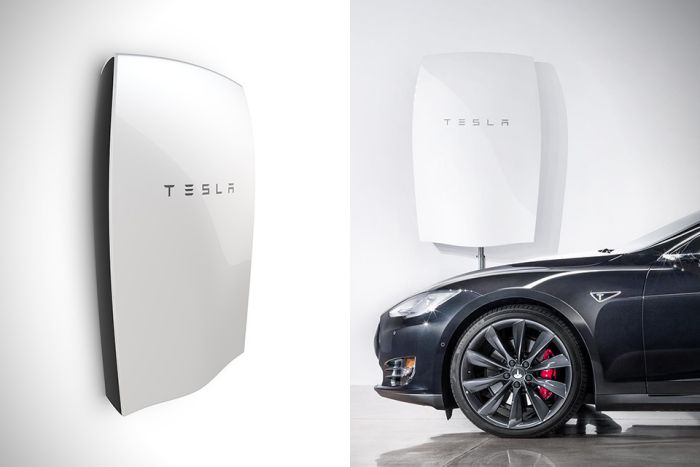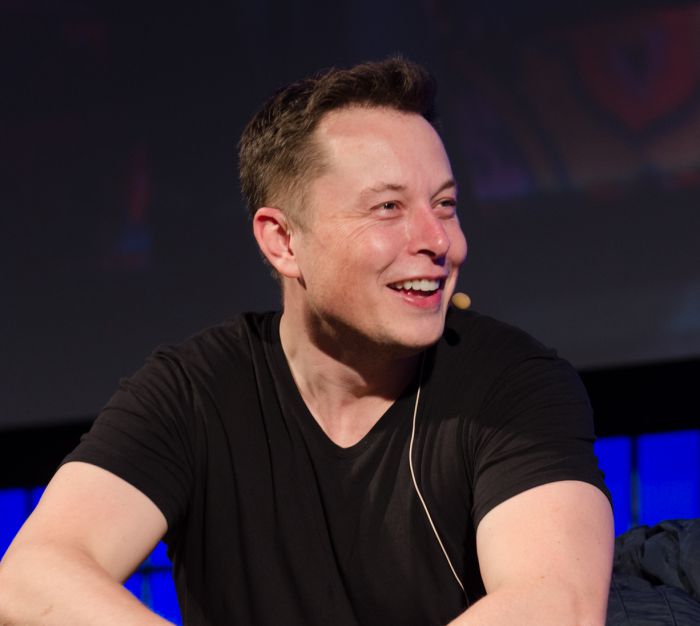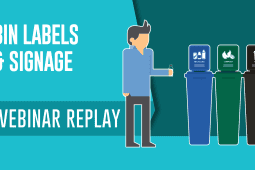
Photo Cred – http://hiconsumption.com/2015/05/tesla-powerwall/
Elon Musk is a man who wants to free us from our destructive dependency on fossil fuels. His company Tesla was the first to create an electric car that actually rivals the performance of many gas guzzlers, but costs have made it a barrier to replacing cars that rely on fuel entirely.
The next big idea to come from Elon’s company to transition the world towards fossil fuel freedom is by pairing solar energy with rechargeable batteries, affordably powering homes and offices with renewable energy that saves money, the environment and frees individuals from monopolistic utility companies.
What’s Keeping Renewable Energy Back?
The renewable energy market has been growing steadily over the years with technology becoming more efficient, lowering costs and making solar and wind a more viable way to produce electricity. Alas, green energy still isn’t anywhere close being a major source of energy around the world.
For 2015, total renewables used for electricity and heat generation are estimated to grow in the United States by 3.4%. Something is better than nothing, but 67% of the electricity generated in the US came from fossil fuels (coal, natural gas, and petroleum)
The Powerwall – Solar Tech that doesn’t “Suck”
Tesla Energy’s “Powerwall” is being touted as the technology that will shift people away from their dependence on fossil fuels and towards solar energy, taking a chunk out of the unsustainable percentage of energy that comes from coal, natural gas, and petroleum.
One of the biggest issues with solar power is that the sun sets. Energy must be stored in order to meet the energy demands of residences and businesses in the evening and throughout the night. Mr. Musk comments that the current technology for energy storage is not the greatest – “sucks” was actually the term he used to describe current state of solar energy storage systems
The Powerwall has been designed to store energy powering your home during peak hours to avoid paying peak hour rates (known as load shifting), for backup power in case of a storm or a shoddy utility system and self-consumption solar power generation. The unit consists of a lithium ion battery, liquid thermal control system and software to receive commands from a solar inverter.

Elon Musk – CEO of Tesla
If you’re itching to get your hands on a Powerwall, units can currently be reserved with an expected roll out by end of summer 2015.
Available in two models, the 10 kWh model sells for $3,500 and the 7 kWh model is available for $3,000. Installation and converter are not included in the prices.
Tesla’s Energy hasn’t overlooked businesses with a larger version of the Powerwall, dubbed the Powerpack, which will be to handle the higher energy demands of offices and large buildings.
Hopefully when these batteries have had their share of solar energy, the option for end of lifecycle is to recycle the worn out batteries.
Will the Price Tag be worth the Future Savings?

Jackson Family Wines, in a quest to become 100% sustainable, teamed up with Tesla to install the same technology at their various wineries located around California. They estimate that the 21 stationary storage systems will create a total savings of $2 million on next year’s electricity bill, a reduction of almost 40% for the company!
It’ll be interesting to see how these savings translate to the smaller scale of residential power generation. If the Powerwall proves to be a worthwhile investment and the catalyst in the world’s transition toward widespread renewable energy, a future devoid of fossil fuel dependency could be a very real possibility.
Sources:
http://www.sustainablebrands.com/
http://www.eia.gov/forecasts/steo/report/renew_co2.cfm








